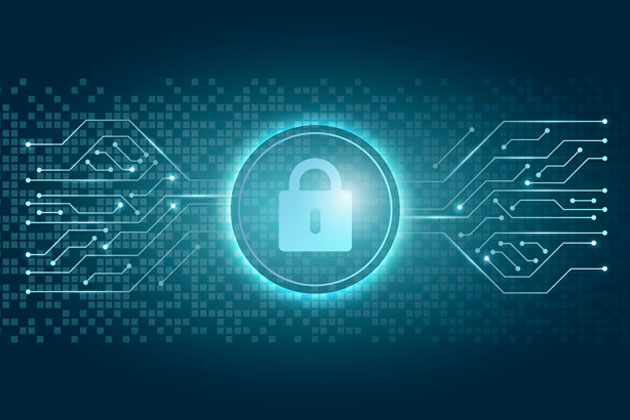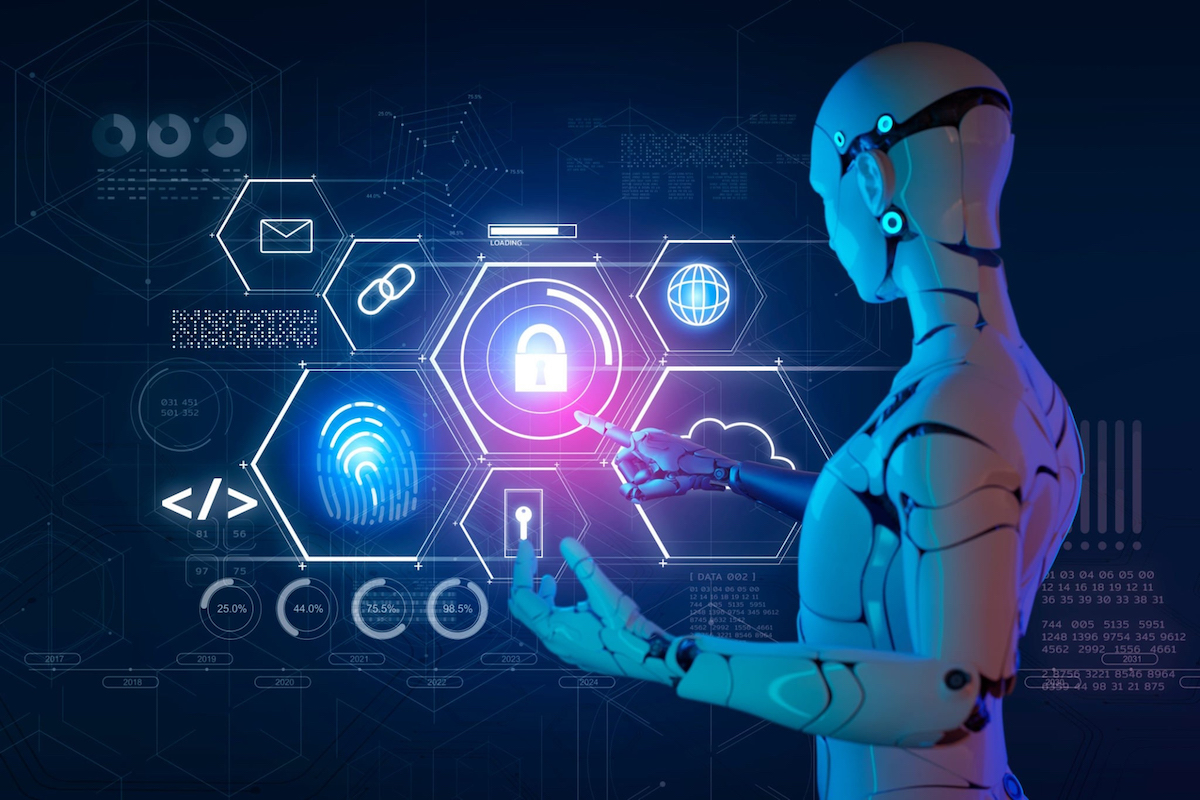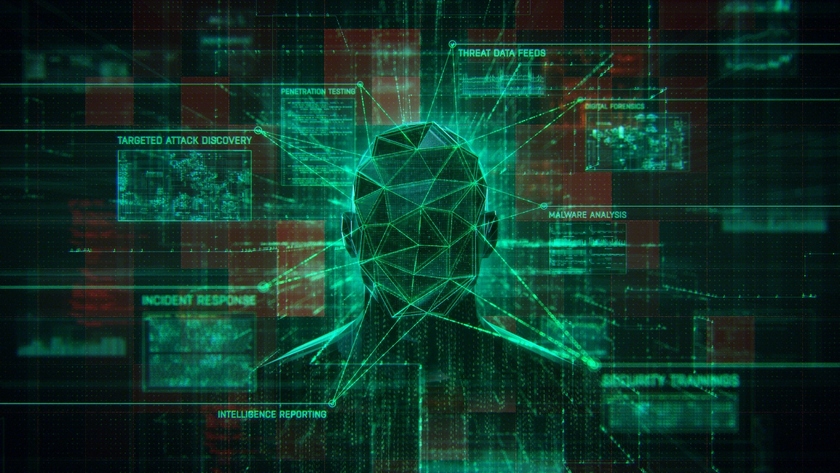Tag: Closed Door Security
-

The Growing Importance of Cloud Security: Data Protection in the Digital Age
The growing importance of cloud security: Safeguarding your data in the digital age
-

Education and Awareness in Cyber security: Empowering Users to Stay Safe
Empowering users to stay safe: The role of education and awareness in cybersecurity
-

Combating Cybercrime: Partnerships and Strategies for a Safer Digital Environment
Combating cybercrime: Building strong partnerships and implementing effective strategies for a secure digital landscape
-

Harnessing AI in cyber security: Improving Threat Protection
Harnessing the power of AI in cyber security: Advancing threat protection
-

Critical Infrastructure Security: Cyber security Solutions for Critical Sectors
Securing critical infrastructure: Cyber security solutions for protecting vital sectors
-

Increasing Cyber security Resilience: Protecting Your Digital Environment
Increasing cybersecurity resilience: Fortifying your digital environment against emerging threats
-

The Value of Cyber Security Incident Response Planning
The value of cyber security incident response planning: Strengthening your defense against cyber threats
-

New Threats and Emerging Trends in Cybercrime
Unveiling new threats and emerging trends in cybercrime: Staying ahead of the criminals
-

How to Protect Student and Staff Information from Cyber Threats Facing the Education Sector
Safeguarding student and staff data: Effective cybersecurity measures for the education sector
-

Best Practices and Common Threats in Cyber Security for Remote Workers
Ensuring cyber security for remote workers: Best practices and threat awareness